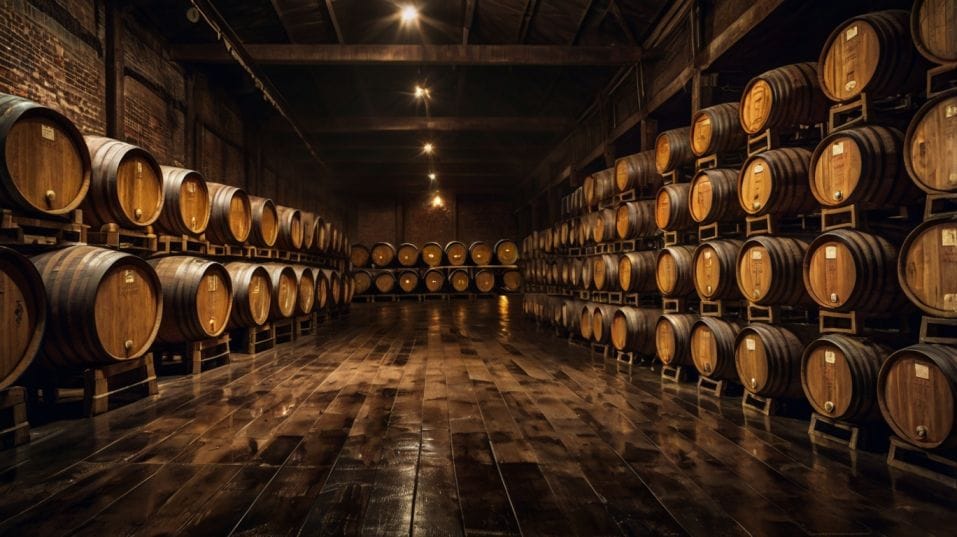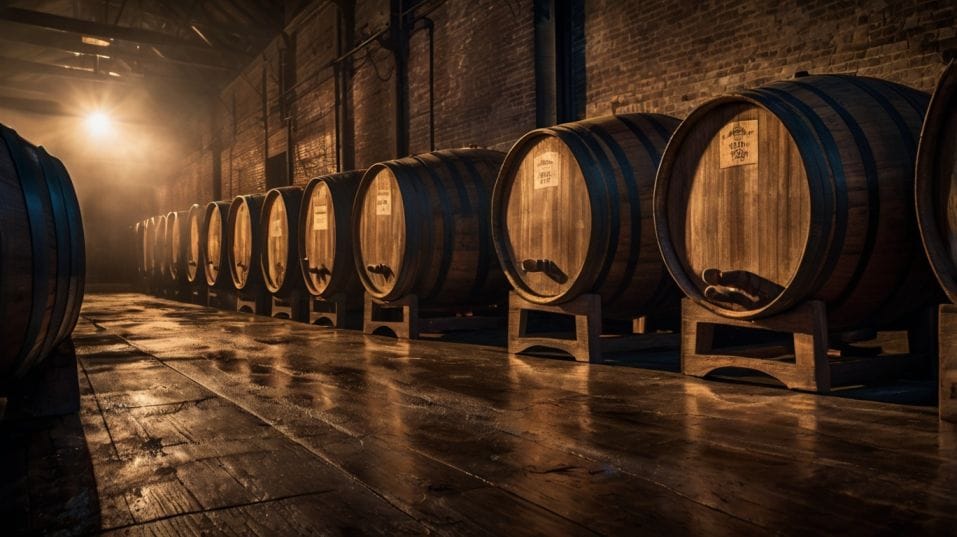What Makes Bourbon, Scotch, and Rye Different?
Curious about bourbon, scotch, and rye? Learn what sets them apart so you can taste, collect, and explore whiskey with real confidence.

What if your favorite whiskey isn’t even on your radar yet? Bourbon, Scotch, and Rye may share a shelf, but each pours a radically different story.
For anyone just starting to explore whiskey, understanding those differences is the key to drinking smarter and collecting with purpose.
This isn’t about fancy jargon or chasing hype—it’s about knowing what’s in your glass and why it tastes the way it does. Let’s break it down.
Bourbon: Sweet Power, American Muscle
Bourbon is built to impress. It doesn’t tiptoe around flavor. It barrels through it. Made in the U.S.—mostly in Kentucky, but legally it can come from anywhere in the country—bourbon is required to use at least 51% corn in the mash bill.
The rest usually includes rye, wheat, or malted barley. But that corn? That’s the backbone. It gives bourbon its trademark sweetness and weight.
Now here’s where it gets interesting: bourbon must be aged in new, charred oak barrels. This rule matters.
New oak means new flavor—bold vanilla, toasted coconut, rich caramel, burnt sugar, and smoke. No other whiskey style leans so hard on the barrel.
A young bourbon can taste hot and tannic. An older one might lean too oaky if it's been cooked in a warm rickhouse for too long. Great bourbon finds balance—where sweetness, spice, and oak tension each other in all the right ways.
Pay attention to the proof. A higher-proof bourbon isn’t just stronger—it holds deeper flavor if you’re ready for it.
Add a few drops of water, and you’ll start unlocking new layers—cinnamon, orchard fruit, tobacco, even chocolate. Bourbon rewards exploration.
If you're collecting, learn to recognize mash bill styles. A high-rye bourbon leans spicy and dry. A wheated bourbon drinks softer, smoother, more bready. Know the difference, and you’ll start picking bottles based on palate, not price tag.

Scotch: History in a Glass
Scotch doesn’t yell. It doesn’t need to. It’s been doing this for centuries and carries that quiet confidence. Made exclusively in Scotland, scotch is rooted in malted barley—though grain whiskies (made with other cereals) also exist.
Single malts, the ones that get most of the glory, come from one distillery using 100% malted barley, distilled in pot stills.
Regional Flavor Maps
What makes scotch unique isn’t just the grain—it’s the place. Scotland is divided into regions that dramatically influence flavor:
- Islay scotches are smoky, briny, medicinal. You’ll taste sea air, peat smoke, and iodine.
- Highlands bring dried fruit, heather, honey. Earthy, often a little wild.
- Speyside is clean, elegant, and balanced—think green apples, malt, soft florals.
- Lowlands are delicate and grassy.
- Campbeltown, once thriving, now niche, delivers salty, funky, complex profiles.
Scotch also matures in used barrels—often ex-bourbon or sherry casks. That means the oak works slower, more subtly.
The spirit does the talking, not just the wood. Aging happens in Scotland’s cool, damp climate, so evaporation is slow, and the flavor development is gradual and refined.
What Peat Really Does
Peated scotch deserves its own mention. Peat is decomposed plant matter burned to dry the barley. It smells like campfire and tastes like earth and ash.
Not everyone loves it—but it’s unforgettable, and nothing else in the whiskey world tastes like it.
Tasting scotch is about patience. Let it open. The nose evolves. The palate changes with air. That complexity? It’s why collectors get hooked. A great scotch doesn’t just taste good—it teaches you something.
Rye: Sharp Focus, No Apologies
If bourbon is a warm blanket and scotch is a long story, rye is a knife. Sharp, spicy, unmistakable.
American rye whiskey uses at least 51% rye grain in the mash, with the rest typically filled out by corn and malted barley. Like bourbon, it’s aged in new, charred oak barrels—but the taste profile hits completely different.
Rye grain is dry, earthy, and bold. The result is whiskey with a backbone—black pepper, clove, citrus peel, menthol, sometimes even dill.
It’s more angular than bourbon, and it finishes with grip. It’s not soft. It’s not sweet. It’s a challenge. That’s why it’s great.
The Comeback Story
Rye used to dominate American whiskey before Prohibition wiped out the old distilleries, especially those in Pennsylvania and Maryland.
The style fell into obscurity for decades, but it’s clawed its way back because people finally remembered how damn good it is.
High-proof rye is not for tourists. But once your palate is ready, it delivers serious payoff—especially in cocktails like the Manhattan or Sazerac.
Where bourbon blends in, rye cuts through. If you like your whiskey loud and unfiltered (figuratively and literally), you’ll find a home in rye.
As a collector or enthusiast, know this: not all rye is the same. Some brands barely meet the 51% requirement. Others go full throttle with 95% or even 100% rye.
That makes a massive difference in flavor. Learn what you like, and your selections will sharpen fast.
Beyond the Label: How to Taste the Difference
The best way to really get these differences isn’t to read about them—it’s to taste them side by side. Pour a bourbon, a scotch, and a rye. Neat. Room temperature. No distractions.
Start with the nose. Bourbon should smell rich and sweet—like dessert. Scotch leans toward grain, fruit, or smoke, depending on the region. Rye? It’ll hit you with spice or fresh-cut herbs.
Take a sip and hold it. Bourbon is full-bodied, often oily. Scotch varies—sometimes silky, sometimes dry. Rye grips the tongue and fades into a spicy tail.
The finish tells you everything. Good bourbon coats. Good scotch lingers. Good rye bites and vanishes clean.
The more you taste with attention, the clearer the differences get. You’ll stop seeing "whiskey" as one thing and start understanding it as a spectrum. And that’s when it really starts to get fun.
Final Thoughts
This isn't about loyalty. It's about literacy. Bourbon teaches you about oak and heat. Scotch teaches you about grain, terroir, and time. Rye teaches you about edge and intensity. Learn them all, and you’ll drink—and think—on a whole new level.
Don’t wait to become an expert. Open three bottles today. Taste. Compare. Build a mental map. Start with your palate, not a price point. Collect what you understand. Share what surprises you.
Whiskey isn’t a status symbol. It’s a tool for experience. And you’ve got everything you need to start using it.




